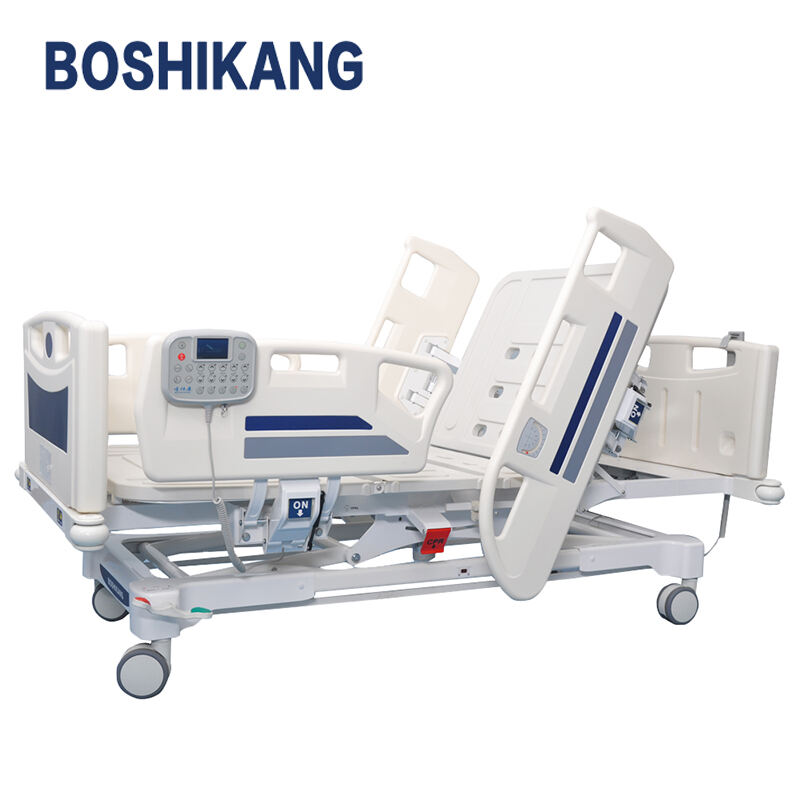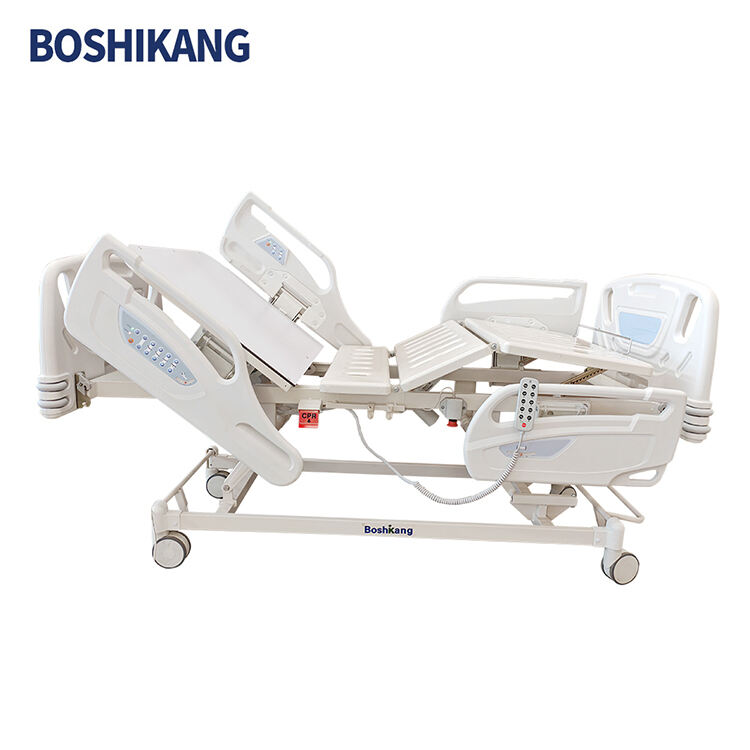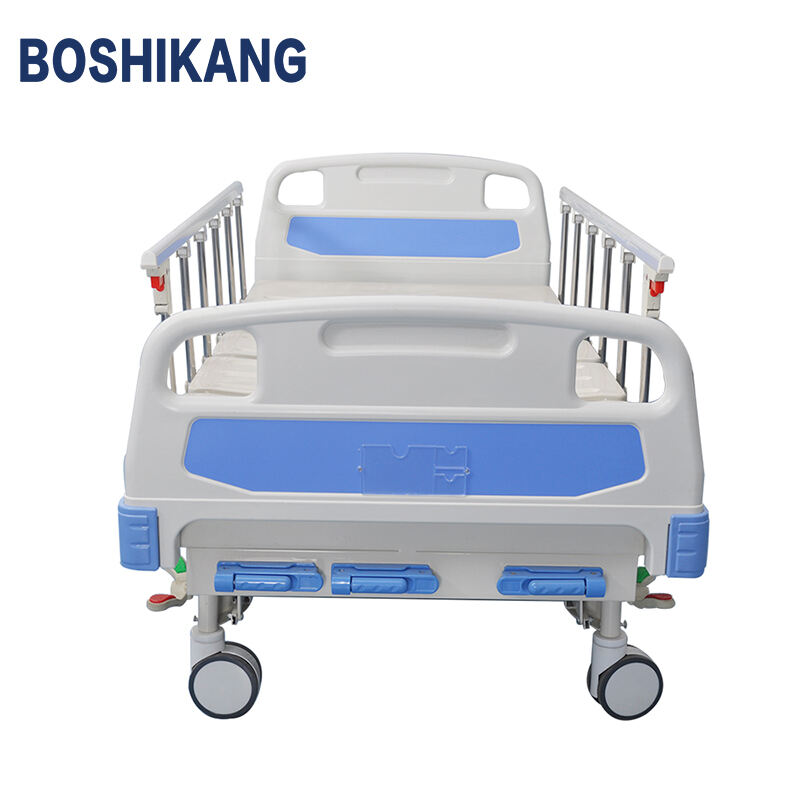hospital smart bed
The hospital smart bed represents a revolutionary advancement in healthcare technology, combining traditional patient care functionality with cutting-edge digital innovations. These sophisticated medical devices integrate multiple sensors and automated systems to monitor patient vital signs, movement patterns, and positioning continuously. The bed's intelligent framework includes pressure-mapping technology that automatically adjusts to prevent pressure ulcers, while built-in weight scales enable healthcare providers to track patient weight without transfers. Advanced features include integrated side rails with fall prevention alerts, automated position adjustment capabilities, and touchscreen controls for both patients and caregivers. The bed's communication system connects directly to the hospital's electronic health records, enabling real-time data transmission and documentation. Motion sensors track patient movement and can alert staff to potential fall risks, while smart surface technology maintains optimal temperature and moisture levels for patient comfort. The bed's ergonomic design incorporates programmable positions for various medical procedures and patient comfort, including cardiac chair position, trendelenburg, and reverse trendelenburg positions. Additionally, these beds feature built-in scales, USB charging ports, and nurse call systems, all integrated into a user-friendly interface that promotes both patient independence and caregiver efficiency.











